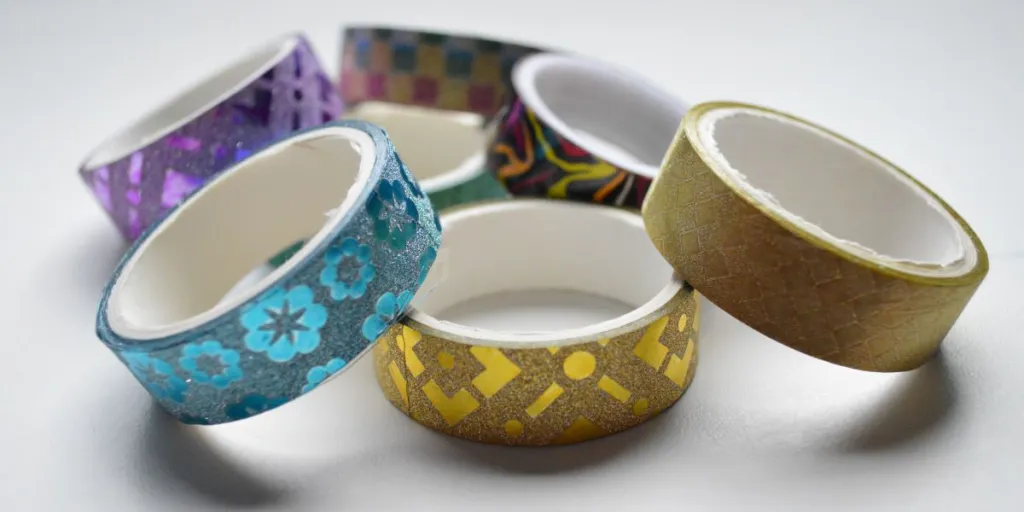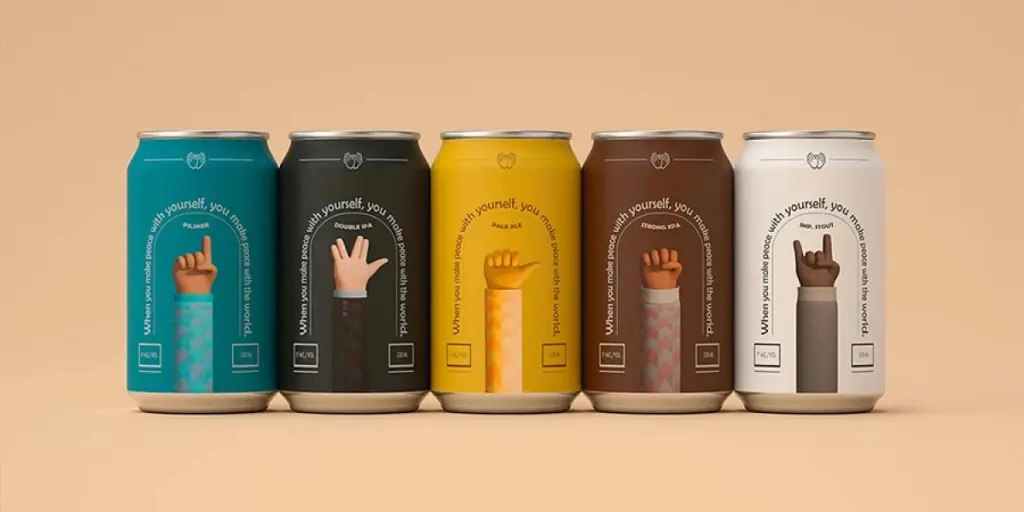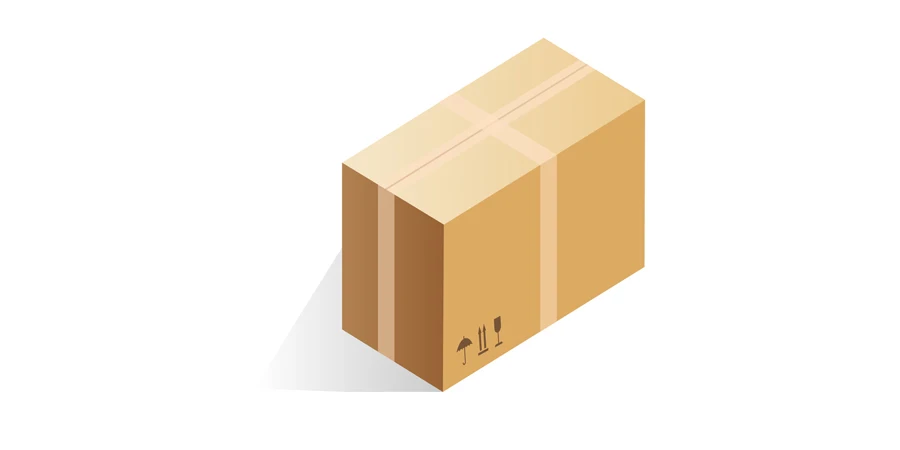Using glass to package goods dates back thousands of years. The glass packaging industry continues to grow because of its practicality and convenience.
Recent consumer demand for sustainable packaging puts glass in a favorable position. It’s worth understanding how glass packaging can help businesses grow. Here are some of the glass packaging trends.
Table of Contents
Overview of the glass packaging market
4 glass packaging trends to look for
Will glass packaging live up to its potential?
Overview of the glass packaging market
In 2022, the glass packaging market topped expectations and was valued at over US $55 billion. The market shows no sign of slowing down. Global Market Insights (GMI) projects the glass packaging market’s compound annual growth rate (CAGR) to increase to over 4.5% from 2023 to 2032.
As consumers turn to sustainable business practices, they will shift from plastic to glass. The demand for glass packaging is set to rise with environmental awareness. A preference for glass packaging in the pharmaceutical industry and the rising consumption of beer will also propel market growth.
4 glass packaging trends to look for
Glass offers advantages to businesses across many industries. It continues to gain popularity among sellers because of its durability, as it can be easily shipped and transported worldwide. Here are four of the projected glass packaging trends.
1. Alcohol bottles
Alcohol accounts for a significant part of the glass packaging industry. Beer on its own is the most consumed beverage globally. GMI projects that the beer segment of the alcoholic beverage industry will surpass US $24.5 billion by 2032.
Manufacturers can customize glass beer bottles by size, shape, and color to meet each client’s needs. Consumers associate glass bottles with premium products and pay more for them.

Apart from beer, experts predict that the alcoholic beverage industry will grow by 4.5% CAGR over the next ten years. Glass represents the overwhelming majority of wine packaging. Like beer bottles, wine is packaged in round glass bottles that tend to have slight differences in shape, size, and color.
On the other hand, glass liquor bottles vary in visual appearance. Manufacturers mold, engrave, frost, and color the bottles to bring out their branding identities.
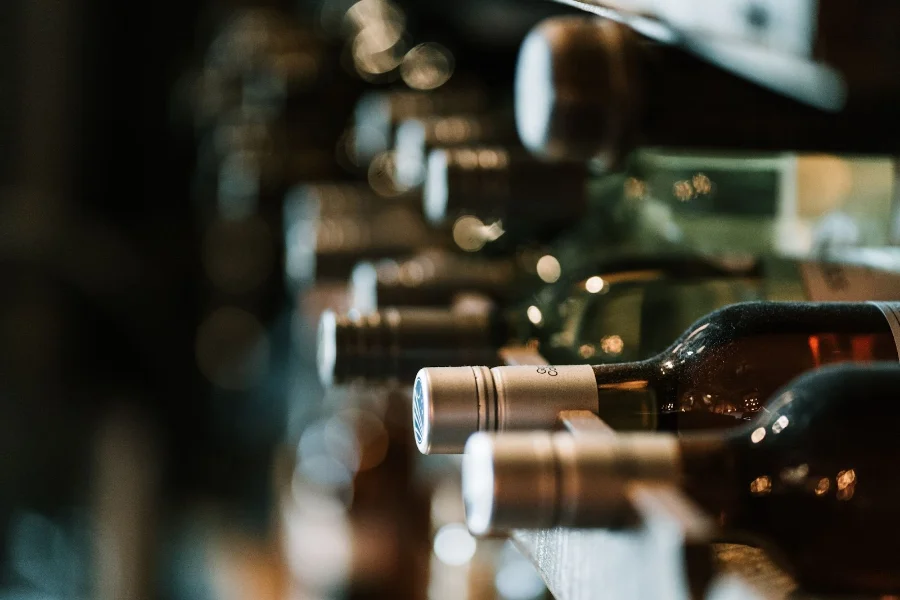
2. Perfume and cologne bottles
Glass is the preferred packaging material for perfume and cologne bottles. Scents are difficult to advertise. Consumers need to be physically present to smell a fragrance. Thus, the glass packaging’s visual appearance becomes extremely important for marketing the product.
Consumers associate well-designed glass bottles with luxury. Sellers can take advantage of this by crafting visually appealing glass packaging.

Enhancing looks is vital, but the main purpose of glass packaging is protection. In the cosmetics industry, vendors depend on packaging to keep products fresh. Glass packaging stops air from getting in and affecting the contents. Glass also protects against leakage.
These features benefit other cosmetic products like skincare bottles and nail polish containers. Consumers are more likely to make repeat purchases and try out all the newest beauty trends when they are sure of a product’s quality.
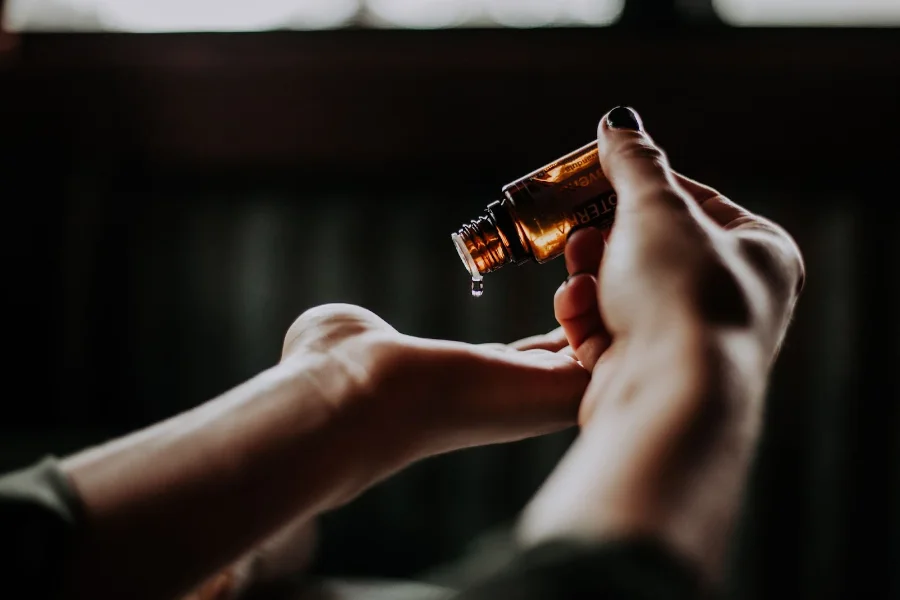
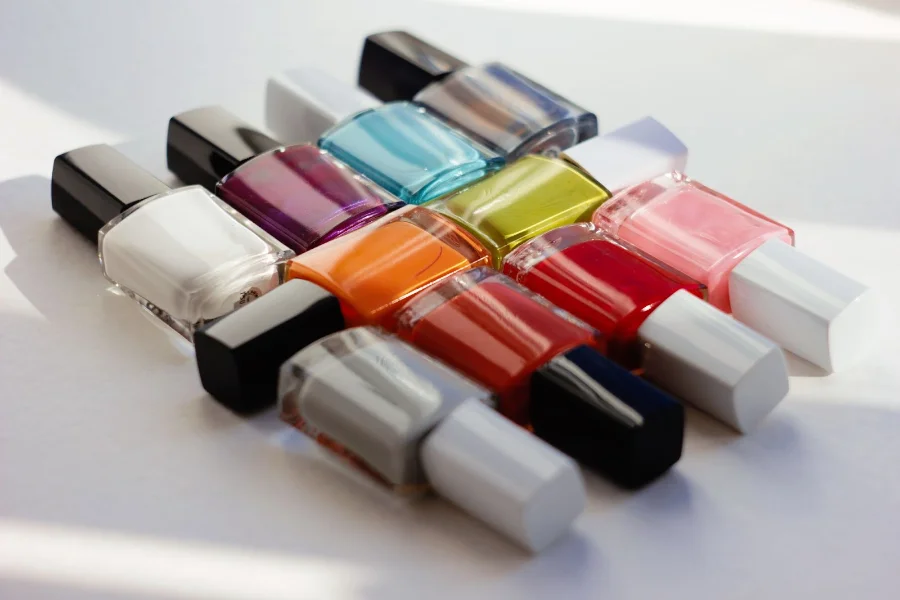
3. Pharmaceutical vials
Increased demand for glass packaging in the pharmaceutical industry is another reason to expect growth. Manufacturers often use borosilicate glass to make pharmaceutical vials. These vials can store substances like blood, plasma, and vaccines. Borosilicate glass vials are ideal for storing substances at low temperatures.
The glass also does not melt if exposed to everyday heat as opposed to plastic. GMI’s glass packaging market report also predicts that the value of borosilicate glass will surpass US $22 billion by 2032.
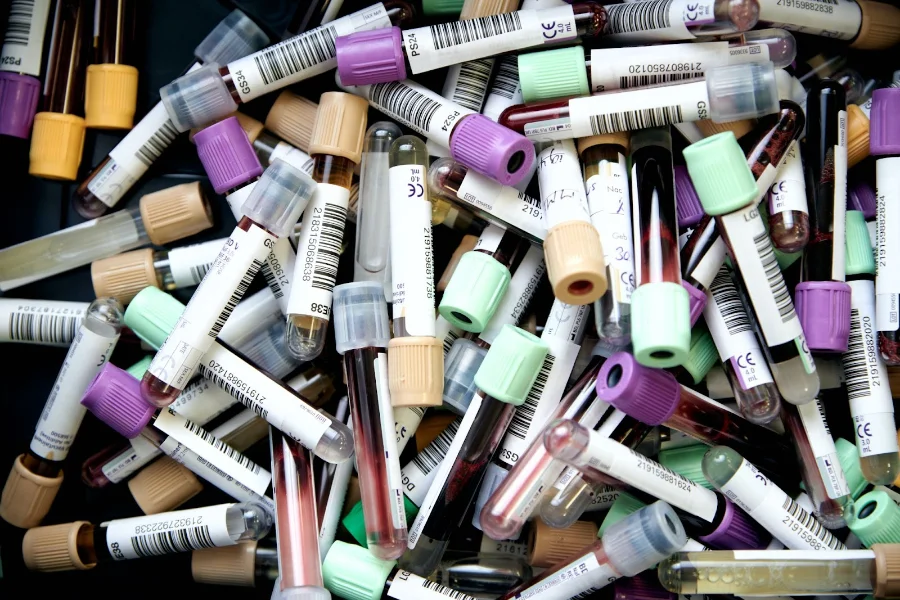
The pharmaceutical industry also uses some types of plastic packaging. However, the industry is shifting from plastic to glass. Glass is more airtight than plastic. It allows for better visibility of substances inside jars and vials.
Glass also keeps a vial’s contents sterilized and keeps the individual handling the vial safe. Professionals rely on glass packaging across the pharmaceutical industry. Some other examples include medicine storage containers and eye droppers.
4. Candle jars
The retail industry has also found many uses for glass to package their products. One common use is to package candles in glass candle jars. Reports suggest that the global candle market had a valuation of US $6.8 billion in 2021 and should exceed US $9.9 billion by 2028, with a CAGR of 6.5% from 2022 to 2028.
Using glass to package candles offers protection and a look of elegance. After the candle burns away, the jar can be reused as a glass bottle container or recycled.
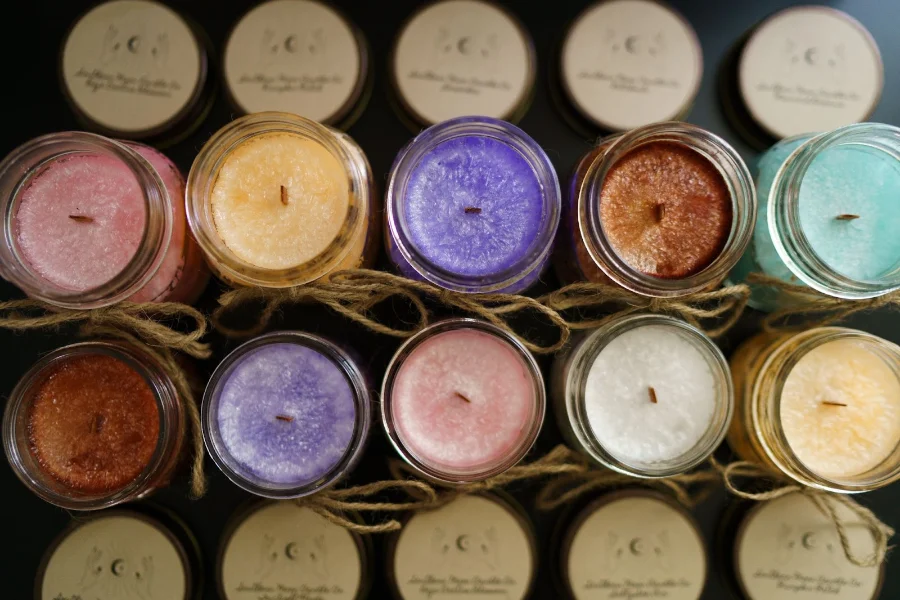
Will glass packaging live up to its potential?
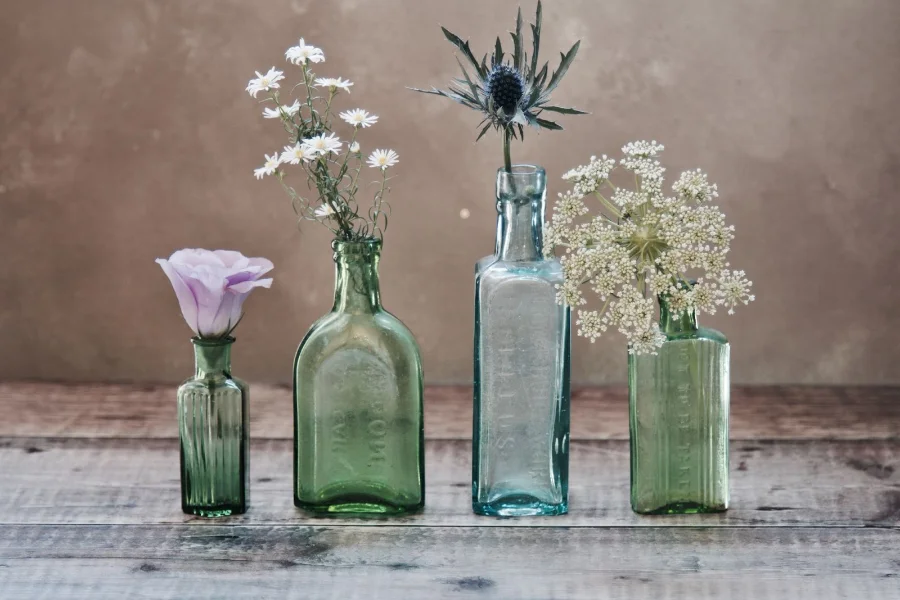
Glass is one of the oldest packaging materials and is still going strong. Durability, consumer safety, and appearance continue to help the industry grow. Today society favors recyclable and reusable product packaging, which gives glass another advantage. More companies should consider using glass packaging to grow their businesses.

